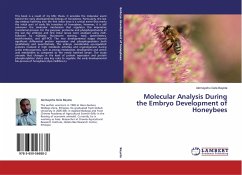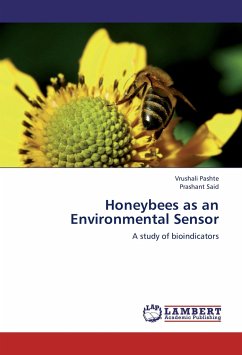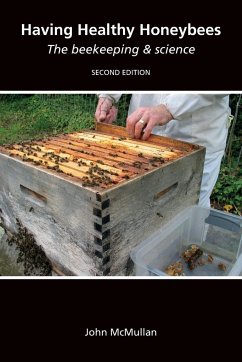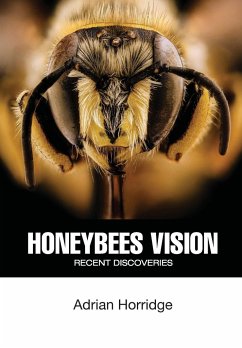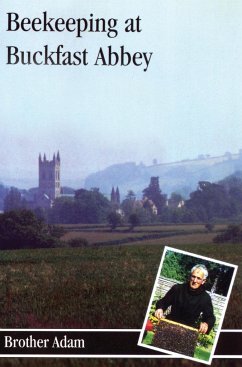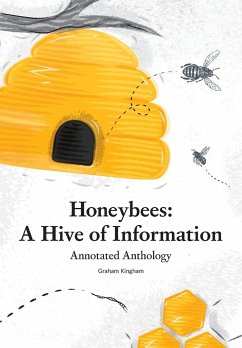This book is a result of my MSc thesis. It provides the molecular event behind the early developmental biology of honeybees. Particularly, the last day embryo hatching into the first instar larva is a critical event that marks the initial part of early life transition of honeybees. However, it is still unknown the molecular mechanism that regulates this imperative transitional process. For the purpose, proteome and phosphoproteome of the last day embryos and first instar larvae were analysed using 2-DE, followed by multiplex fluorescent staining, mass spectrometry, bioinformatics, and qRT-PCR. The two developmental stages showed significant differential protein expression and phosphoprylation both qualitatively and quantitatively. The embryo considerably up-regulated proteins involved in high metabolic activities and organogenesis during active embryogenesis, such as energy metabolism, development and amino acid metabolism as compared to the newly hatched larvae. The study unravels that changes in the level of protein expression and protein phosphorylation status play key roles to regulate the early developmental bio-process of honeybees (Apis mellifera L).
Bitte wählen Sie Ihr Anliegen aus.
Rechnungen
Retourenschein anfordern
Bestellstatus
Storno

